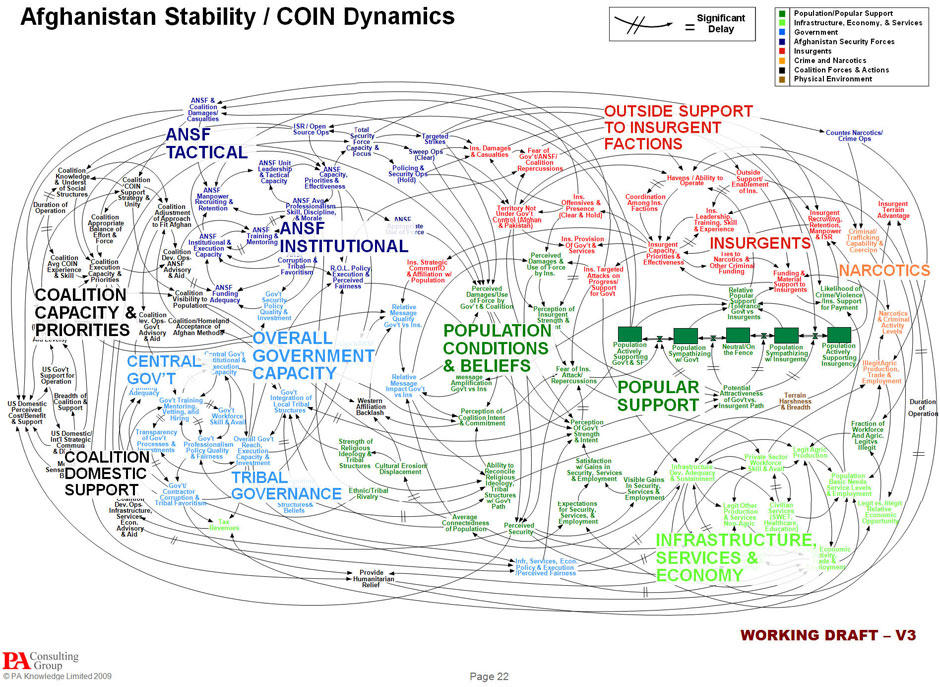That was then, this is now, however. Revisiting the MediaWiki software, I was quickly reminded about some of the quirks of the markup language and all the various ways an administrator has to customize the interface to get it up to a familiar level of Wiki functionality.
The biggest markup issue I had was with the image alignment. Somewhat counterintuitively, the markup language built into MediaWiki does not add breaks after images. More counterintuitively, the standard html "<br />" doesn't do the job either. As a result, this was our article:
All that was left, of course, was to dig waaaaay into the documentation and I finally found--sandwiched between all sorts of other image format code a single sentence that provided a "<br style="clear: both" />" snippet. I'd never seen this before. It worked, however.
Finished page: http://www.english.digitalodu.com/courses/fa10/539/wiki/index.php?title=The_Joshua_Tree_Epiphany
That said, I still find MediaWiki extremely easy and user friendly. It is still my favorite Wiki software out there and I appreciate that the Wikipedia Foundation folks are still willing to distribute older versions of their software for free. It really is a great example of why Open Source products can work.
Purpose:
WikiMedia is an environment that allows users to publish Wiki articles in private domains. It produces a Wiki product that is similar in look and feel to Wikipedia.org's pages.
Product:
About as good as it gets. I know that the Wikipedia folks use a newer version of this software, and that it has additional functionality that I looked for when developing our page. The version of WikiMedia that we used was appropriate for the task.
Process:
Generating pages in groups is always ideal. Having multiple users working on the same page provides a QA and often deepens the depth of the information presented. Larger groups make for better groups. I'm sure there is a number of diminishing returns, but Wiki software is by it's very nature collaborative. I think doing one article as an entire class would have been a more interesting exercise.



